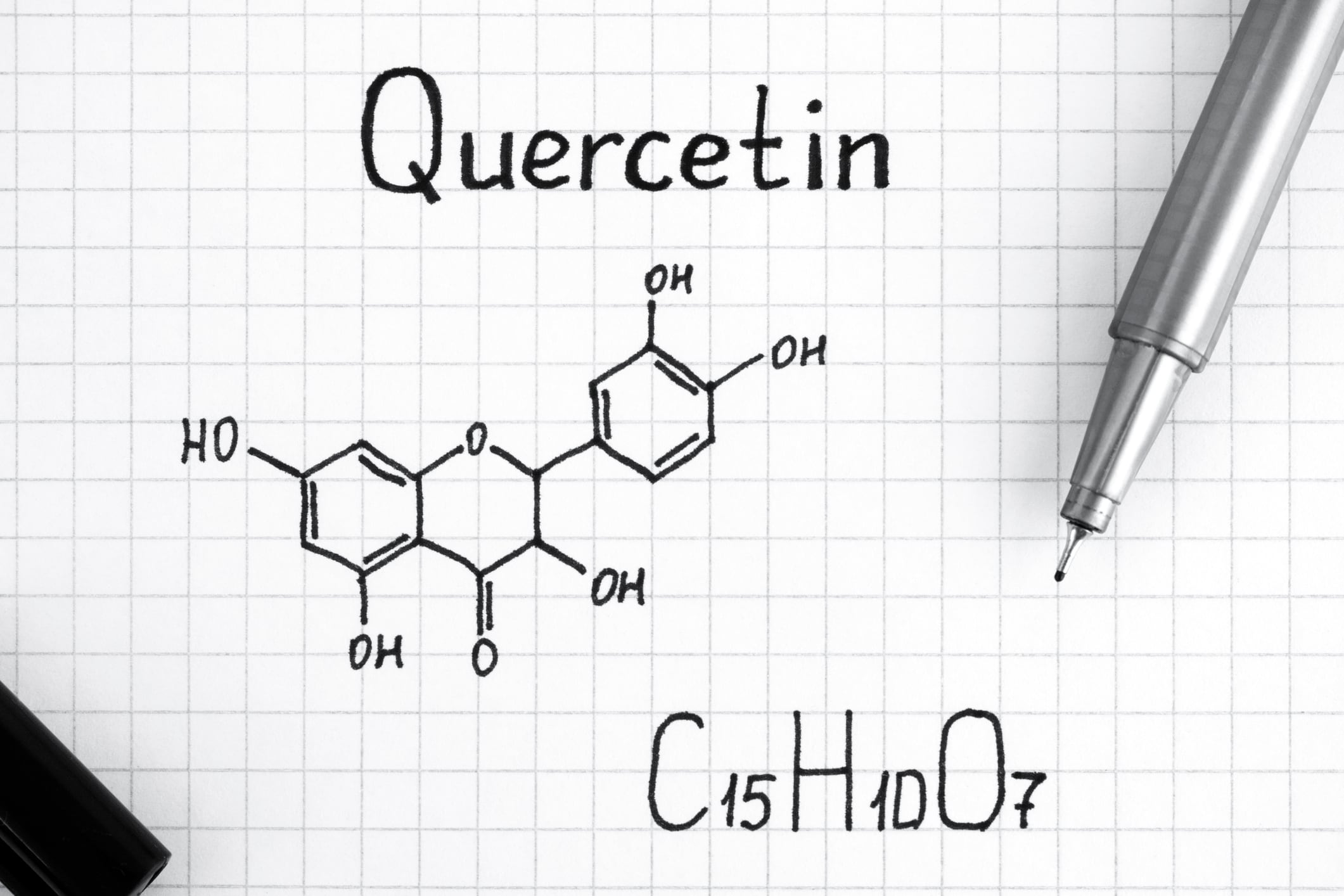Writing in the journal Frontiers in Nutrition, the researchers evaluated the effects of either a daily dose of 425 mg or 850 mg combined with resistance exercise training in 99 healthy untrained young men compared to exercise alone.
“The most compelling finding is that the treatment groups demonstrated significant improvements in strength and endurance compared to exercising placebo groups, even a placebo group that exercised twice as much,” Dawna Salter-Farfan, PhD, RD, senior clinical research manager at PLT and lead author on the study, told NutraIngredients-USA.
While improvements observed were greater at 850 mg, she said that results indicated that supplementation at both doses offers benefits comparable to performing another set of weight training.
The research was supported by a grant from General Nutrition Centers, which formulates its GNC AMP Wheybolic Alpha protein powder with the botanical blend.
Differential impacts and expanding demographics
Acknowledging progressive resistance exercise training (RET) as a well-established method for improving muscle strength, athletic outcomes and appearance, the study noted that the associated mechanical signaling can result in dramatically different strength outcomes among individuals despite similar training intensity.
To overcome this variability, bodybuilders and athletes have traditionally sought to improve anabolic responses to training through diet or supplementation with protein, beta-hydroxy beta-methyl butyrate (HMB), creatine and increasingly plant-based products.
Steve Fink, vice president of marketing at PLT, noted that it is also important to understand these differential effects as the sports and active nutrition market continues to go more mainstream and consumers become increasingly aware of how crucial muscle health is to quality of life at every age.
“These two factors point to a larger market size,” he said. “Any solution that offers increased exercise efficiency is going to be attractive to these consumers. More gain, less pain is a powerful message.”
Building the science
This study is the latest in a series that began with a screening of hundreds of botanicals for their ability to modify key mechanisms involved in muscle metabolism. The search led to the two compounds in RipFactor (also marketed as Myotor and Strenghtera): the flower heads of Sphaeranthus indicus (East Indian Globe Thistle) and the tree bark of Mangifera indica (Mango tree).
“Our hypotheses on the mechanism of action centered on activation of the mTOR pathway, upregulation of muscle-specific transcription factors, improved mitochondrial function and enhanced endothelial nitric oxide,” Dr. Salter-Farfan said.
After a preclinical validation for dosing and safety, a second study evaluated the effects of a 650 mg dose in recreationally active young men participating in an eight-week training program, reporting improvements in upper and lower body strength compared to an exercising group given a placebo.
For this latest study, RET sets included six to eight bench press and leg extension repetitions at 80% of a progressive one repetition maximum, performed three times a week for eight weeks. The researchers assessed strength and repetition to failure at baseline and days 14, 28 and 56 and analyzed serum values of total testosterone (TT), free testosterone (FT) and cortisol (C) at baseline and day 56.
Dr. Salter-Farfan highlighted that the study design included two placebo groups, one with the same training as the RipFactor groups and the other completing twice the RET sets to ensure that outcomes were due to supplement effects rather than differences in individual workout efforts in the untrained study cohort.
“By showing supplementation improved the responses to exercise, even when the exercise amount was doubled, it supports the hypothesis that RipFactor can strengthen cell signaling downstream from the muscle contraction,” she said. “In other words, RipFactor appears to improve the efficiency by which exercise efforts are translated into the muscle protein synthesis that underlies muscle anabolic responses.”
Next in the line of study is expanding the demographics to investigate the potential of the ingredient in other populations, with soon-to-be-published research evaluating the effects in women and adults between the ages of 55 and 70.
“The positive response of women in this study is really interesting,” Dr. Salter-Farfan previewed. “It confirms that testosterone changes are not the primary driver of the anabolic response to this ingredient.”
Source: Frontiers in Nutrition
doi: https://doi.org/10.3389/fnut.2024.1393917
“A botanical extract blend of Mangifera indica and Sphaeranthus indicus combined with resistance exercise training improves muscle strength and endurance over exercise alone in young men: a randomized, blinded, placebo-controlled trial”
Authors: Dawna Salter-Farfan et al.




